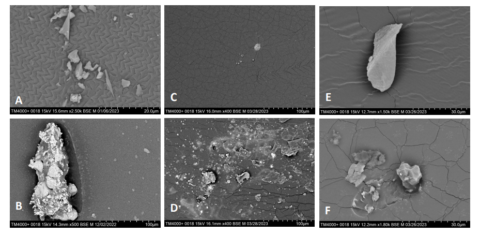
Seeing through the smoke
Understanding the impact of bushfire smoke exposure on the ocular surface Suki’s research is bo...

Understanding the impact of bushfire smoke exposure on the ocular surface Suki’s research is bo...

TIA-driven research aimed at understanding the chemistry and sensory impact of smoke taint on win...
